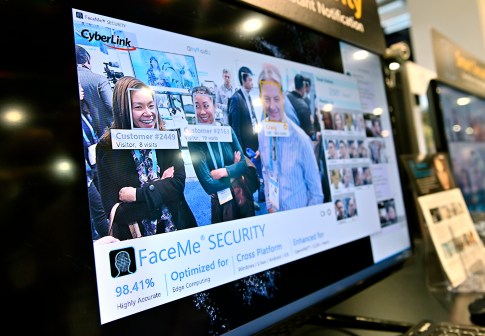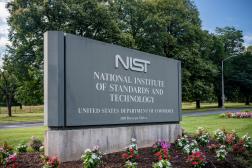The Identity of Things
The concept of identity — which the dictionary defines as “who you are” — is changing, in part because of technology. Today, as much as any other factor, our data defines us, and its unauthorized use we call “identity theft,” as if hackers might steal our personalities along with our credit card and Social Security numbers.
Now the Internet of Things promises to expand the notion of identity even further, connecting us not only with our friends and finances but also with our objects.
You are what you own. This is true in a metaphoric sense: The clothes we wear and the cars we drive help to define us. And as more of our possessions go online — some 5 billion connected devices this year, according to Gartner — a new kind of identity emerges, at once intimately personal and vastly public. The details of our personal lives are now on record, collected by our phones, sensors in our clothing, GPS in our cars, by our thermostats and toothbrushes and bed pillows, and not necessarily for our eyes only. Our schedules, routines, habits and preferences may also be shared with manufacturers, health care providers, advertisers, public agencies, and more. In the Internet of Things, you own what you are, as well.

JR Reagan
But who owns what, and vice versa? As our things become more autonomous, sending prompts not only to us but also elsewhere on our behalf — as emails, texts, phone calls and other notifications — we can expect to see a blurring of the lines between owner and owned, between subject and object, between identifier and identified.
The new identity
What makes us who we are? In his book “The Storytelling Animal,” scholar Jonathan Gottschall argues that stories — the stories of our lives — make us human. Since no two people share the same story, our personal narratives provide each of us with a unique identity.
Objects have stories, too, though. The film “The Red Violin” follows a concert violin from its creation in 17th-century Italy through three centuries, where it is played in concert halls, a monastery and in the Chinese Cultural Revolution. Oh, the stories our things could tell, if only they could talk!
Soon, it seems, they’ll be able to. Sensors, chips and other forms of digitalization already are turning commonplace objects into data collectors. Many a newer model car could, if tapped, provide information about when and where it was manufactured, how often the oil has been changed, and where it has traveled. In short, it has a story to tell — a “who I am.” An identity.
Linking our objects to the digital universe, the Internet of Things promises to take object-identity to a new level. Suddenly, a coffee maker isn’t just a coffee maker — it’s your coffee maker, and it already knows how many cups you want it to brew and when, how strong you like your coffee, and which beans you prefer — information it shares with the grocery store as it orders more.
Connecting ordinary things gives them the extraordinary ability to tell their stories, expressing their unique identities, which, while we own them, intertwine inextricably with ours. Our vehicles soon may share traffic information in real time with other cars, and use the data others share to avoid traffic jams or construction sites. In this manner, our cars stand to create their own narratives that help to shape our stories, making decisions for us such as which route to take from one place to another, and where and when to re-fuel and to park.
At our service
When our objects communicate with one another and with us, the story that is our everyday lives may flow more smoothly. Imagine this scenario:
Knowing the traffic conditions — and precisely how long it will take to get to work today — the car starts itself, opens the garage, and alerts us when it’s time to leave. As we walk to the car, it unlocks itself and signals the house to turn off the lights, change the thermostat, and lock the doors. We don’t have to worry whether we’ve left the stove on: It will switch itself off. On the way to the office, we can relax, read the news, check emails, and sip our coffee until the car drops us off and leaves to park itself. During the day, our robots are cleaning the house, mowing the lawn, perhaps even cooking dinner. When it’s time to go home, we summon the car. It tells the house that we’re on our way, and learns from the refrigerator that we’re nearly out of milk. After notifying the grocery store, the car pulls up at the drive-thru window to collect our milk, then carries us home, where the lights are already on, music is playing, the temperature is comfortable and dinner is on the stove.
And after we’ve gone to bed at night, who knows? Once our pillow has detected that we’re in deep sleep, perhaps our things will begin sharing the adventures of their day with one another, telling their stories — which are our stories, as well. And maybe we’ll sleep a bit more soundly, knowing that, should anything happen in the night, our house will awaken us and call the authorities. Like an extended family, our Identified Things are not only taking care of us, they’re watching out for us, as well. That’s cybersecurity.
JR Reagan is the global chief information security officer of Deloitte. He also serves as professional faculty at Johns Hopkins, Cornell and Columbia universities. Follow him @IdeaXplorer. Read more from JR Reagan.






